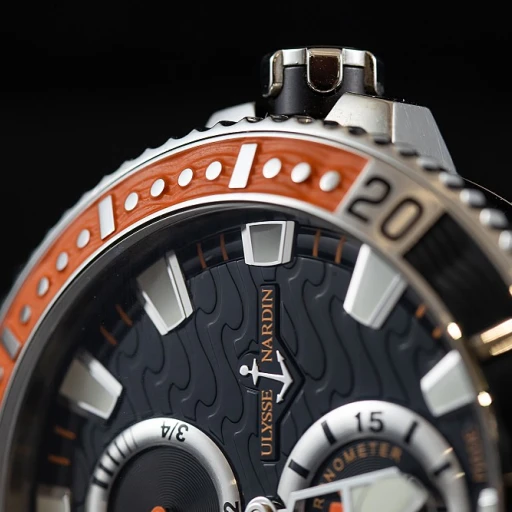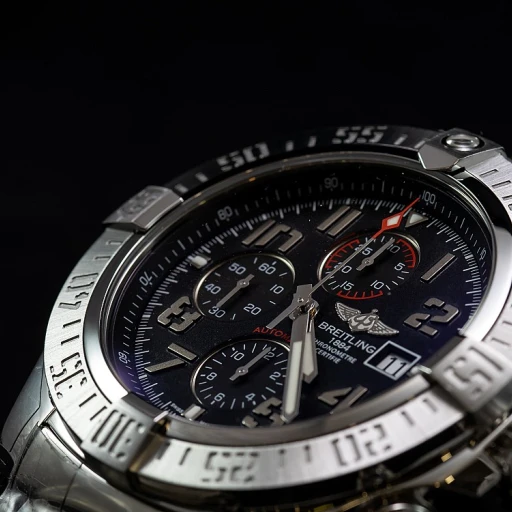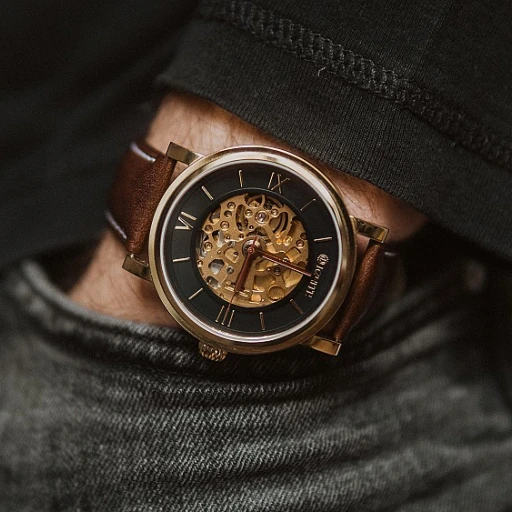
The Heartbeat of Prestige: Exploring the Inner Workings of Luxury Watch Movements
The Intricate Dance of Gears and Springs
The luxury watch industry, much like a meticulously crafted timepiece, operates with precision and sophistication. Within this realm, the movement, or 'caliber', is the heartbeat of every high-end watch, driving not only its timekeeping functions but also its status as a symbol of exquisite craftsmanship. As any horological aficionado would attest, the complexity of these micro-mechanical marvels is immense. A typical luxury watch movement can contain anywhere from 50 to 500 parts, each playing a pivotal role in ensuring the accurate and smooth function of the watch. Various industry reports highlight that the market for luxury watches continues to grow, with award-winning movements frequently taking center stage during prestigious events such as the Grand Prix d'Horlogerie de Genève (GPHG).
Metier d'Art: The Artisanal Endeavor Behind Every Tick
At the confluence of tradition and innovation lies the artisanal craftsmanship inherent to luxury watch movements. This commitment to excellence is evident in the vast man-hours dedicated to creating a single timepiece. For instance, some of the most sought-after Swiss watches require upwards of 300 hours of labor, affirming the notion that true luxury is born from labor-intensive processes. With movements being the epicenter of such passionate endeavors, every gear and spring contributes to a symphony of mechanical perfection. The finishing of these components, from polishing to Côtes de Genève, not only enhances functionality but also transforms them into intricate works of art.
The Silent Choreography of Complexity
When delving into the hidden ballet within a watch case, one uncovers a silent choreography where every component's interplay is crucial. Complex features such as tourbillons, which combat the effects of gravity, and perpetual calendars, which account for the nuances of our calendar, are testaments to the ingenuity embedded within high-end movements. These features not only propel the piece to the apex of technical achievement but also serve as a benchmark for evaluating the movement's sophistication. As reported by market analyses, the inclusion of such intricate complications can significantly uplift the value and prestige of a timepiece, making them highly coveted amongst collectors and connoisseurs alike.
Precision Personified: How Calibers Define the Elegance of High-End Timepieces
The Essence of Timekeeping: Calibers at the Core of High-End Watches
Precision is not just a term; it is the lifeline of the luxury watch industry, a space where high caliber performance meets unmatched elegance. The caliber, or the movement, is the engine of a high-end watch and defines its accuracy, reliability, and beauty. According to a study by the Federation of the Swiss Watch Industry, Swiss watch exports accounted for a staggering 21.2 billion Swiss francs in 2020, underscoring the global demand for precision in luxury timekeeping. When discussing watch calibers, one is delving into the intricate heart of horology, where every micro-mechanism counts.
Chronometric Excellence: A Measure of Luxurious Precision
Highest-tier watchmakers pride themselves on creating chronometric marvels, with many brands boasting certifications like the COSC (Contrôle Officiel Suisse des Chronomètres), which validates a timepiece's precision to -4/+6 seconds per day. This level of precision is a testimony to the brand's dedication to superior timekeeping. For instance, the renowned Rolex movements are lauded for their steadfast precision, which has become a cornerstone of the brand's enduring prestige.
Signature Movements: When Brands Become Movements
Distinctive movements are often the hallmark of luxury watch brands, with enthusiasts reveling in the mechanical prowess of proprietary calibers. A prime example is the famous Patek Philippe Caliber 240, an ultra-thin automatic movement that pairs technical expertise with aesthetic mastery. This caliber has become a symbol of luxury and craftsmanship, encapsulating the soul of the brand in its mechanical heartbeat.
- Material Mastery: The use of superior materials, such as silicon in hairsprings, enhances a movement's precision and longevity. Here, innovation meets tradition.
- Engineering Ethos: Luxury watch movements are not just created; they are engineered with a relentless pursuit of perfection, making each watch a testament to human ingenuity.
- Cultural Iconography: Brands like Audemars Piguet with their Royal Oak line, integrate movements into the narrative of watchmaking history, creating iconic timepieces recognized across the globe.
As an enthusiast or a prospective buyer, understanding the caliber within a luxury watch is paramount to appreciating its value and functionality. As the saying goes, 'beauty lies within,' and this could not be truer for the world of luxury watchmaking where the movement's precision is a direct reflection of the brand's commitment to excellence. Top-tier brands continue to innovate, ensuring that their movements remain at the forefront of technology while simultaneously celebrating the ancestral craft of watchmaking.
The Competition for Caliber Supremacy: A Race Against Time
In the luxury watch market, competition is fierce. Brands are constantly vying to create the next groundbreaking movement, pushing the boundaries of what is possible in watchmaking. This friendly rivalry sparks innovation and results in timepieces that are not just instruments of time but storied artifacts that chronicle human advancement. Every tick of a luxury watch is a step forward in a relentless race against time to achieve horological perfection.
Craftsmanship on Display: The Role of Decoration in Luxury Watch Movements
The Art Behind the Gears: Decorative Techniques in Movement Finishing
When it comes to high-end watches, every small detail counts. The delicate art of movement decoration is not just about aesthetics; it's a testament to the brand's commitment to excellence and precision. Renowned for their intricate patterns and ornate finishes, luxury watch movements bear the hallmark of high craftsmanship. With techniques like Côtes de Genève, perlage, and engravings, each timepiece is transformed into a miniature canvas of art. Statistically, the addition of these decorations can increase the watch's value by a significant margin, showcasing the impact of beauty on investment. An exquisite example can be seen in the Patek Philippe Caliber 240, which features an expertly crafted mini-rotor adorned with intricate engravings, enhancing both its function and form.
Visions of Value: The Investment in Aesthetic Finishing
Decorations in high-end watch movements are not mere embellishments; they represent a critical investment in both the brand's legacy and the wearer's satisfaction. As collectors and enthusiasts know, a finely decorated caliber reflects the maker's mastery and status. According to industry reports, watches with hand-finished movements can command prices up to 70% higher than their undecorated counterparts. This demonstrates the tangible value that aesthetic refinement adds to a luxury timepiece. Brands like Vacheron Constantin take this to heart with their Maltese Cross-inspired motif, where even invisible movement parts receive meticulous attention, signaling an unwavering dedication to perfection and exclusivity.
Signatures of Sophistication: Signature Styles in High-End Movements
The upper echelons of horology are home to iconic signature styles that set each luxury watch brand apart. Audemars Piguet, for instance, incorporates a distinctive tapisserie pattern on its dials, resonating with its rich heritage. This level of craftsmanship reverberates through the industry, with estimates indicating that watches displaying signature decorative elements can see their resale value multiply. It is not solely about the functionality; it's about the prestige and personality imbued within every component. Collectors and aficionados alike will often look for these nuances, knowing that they represent the pinnacle of horological artistry.
In-House Versus Outsourced: The Debate That Keeps the Watch World Ticking
Understanding the Intricacies of Movement Manufacturing
When one delves into the world of luxury watches, a pivotal point of discussion is whether a watch's movement is in-house manufactured or outsourced. This facet of watchmaking goes beyond mere components; it speaks to the historical pedigree and the exclusivity associated with a brand's technical prowess. The allure behind in-house movements lies in the narrative of authenticity - a brand solely responsible for the creation of its timepiece's heart can claim a higher level of craftsmanship and attention to detail. Studies suggest that in-house movements elevate a brand's value perception, just as collectors' appetites are whetted by the rarity and individuality of a watch.1
The Distinction Between In-House and Outsourced Movements
- Brand-Oriented Production: Brands such as Patek Philippe and Audemars Piguet pride themselves on creating movements from scratch, allowing for a high degree of customization and refinement.
- Collaborative Expertise: Outsourcing, on the other hand, utilizes the expertise of specialized movement producers like ETA or Sellita, ensuring reliability and precision that has been honed over decades.2
The caliber of a watch movement can often be analyzed through its durability and serviceability. In-house movements provide a unique selling point for luxury watch brands, often translating into a higher resale value. For instance, Rolex's proprietary caliber has become synonymous with the zenith of reliability, further solidifying its esteemed market position.3
Why the Manufacturing Origin Matters to Collectors
For enthusiasts and collectors, the debate of in-house versus outsourced takes on a dimension that interweaves investment potential and personal pride. Collectors gravitate towards in-house movements as they exemplify the essence of watchmaking artistry."Owning a piece with an in-house movement is like possessing a painting directly from the hands of the artist," reflects a seasoned collector. This sentiment underscores the emotional and financial investments involved in high-end horology. According to a report by the Federation of the Swiss Watch Industry, watches with in-house movements have seen a consistent rise in demand, correlating with a discerning consumer base that values exclusive mechanical innovation.4
Conclusion
- Exclusive In-House Movements: While more costly and labor-intensive to produce, offer a level of distinction and prestige that is often sought after by aficionados.
- Reliable Outsourced Movements: Can deliver exceptional performance and easier maintenance, a fact that is critical for those who prioritize watch usage over the nuances of its making.
Ultimately, the dichotomy between in-house and outsourced is one that fuels the luxury watch industry, pushing boundaries and igniting passions. Whether a collector is drawn to the heritage of a watch brand or the mechanical virtuosity of its movement, the choice remains subjective, rooted in personal values and aspirations. As the industry evolves, so too will the narratives behind these miniature marvels of engineering, continuing to enchant us with their tiny, ticking hearts. 5
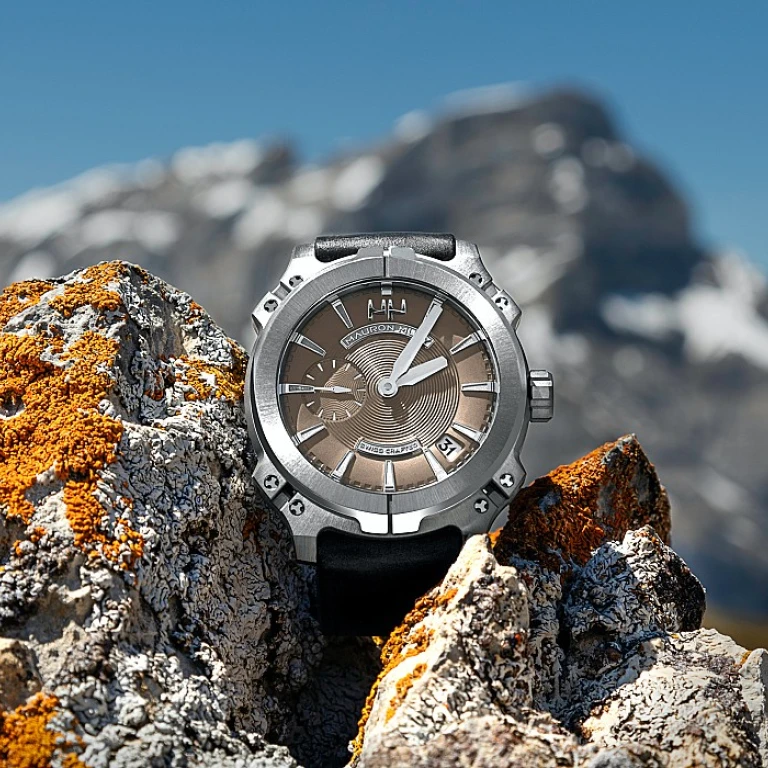
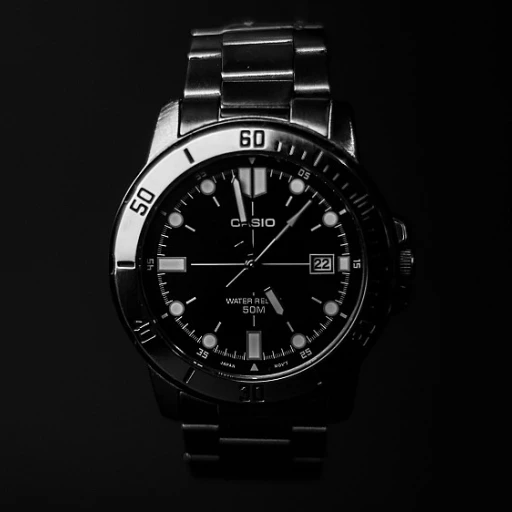
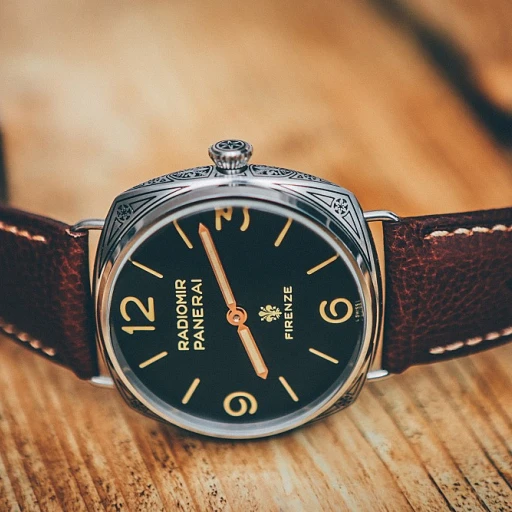
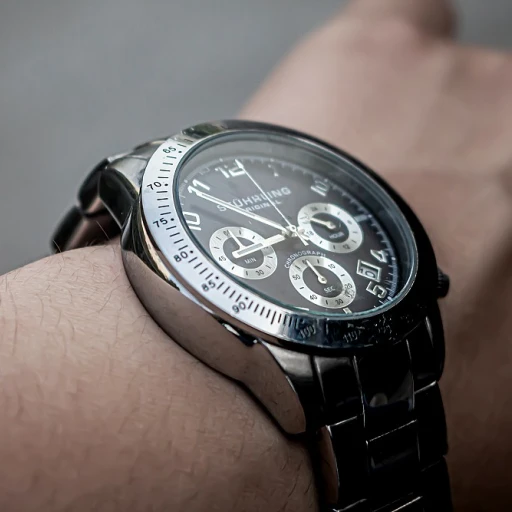
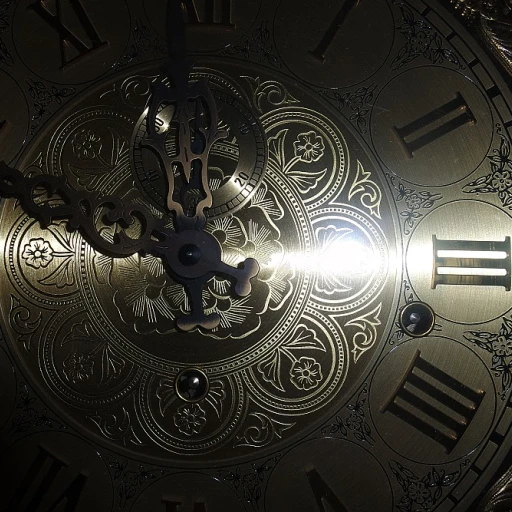
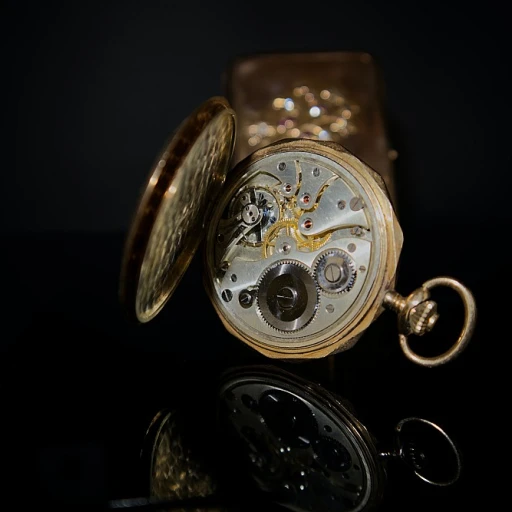
-large-teaser.webp)
